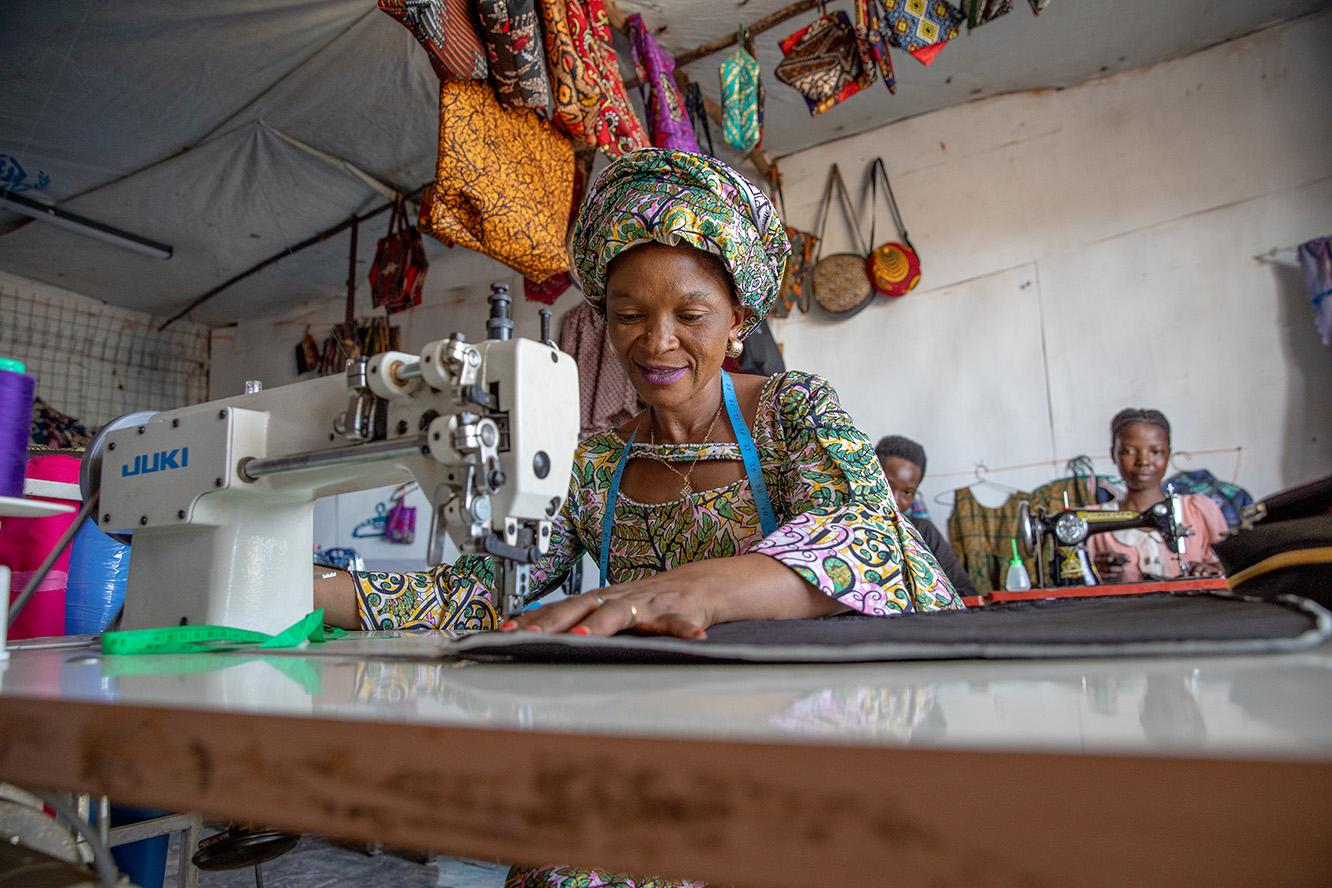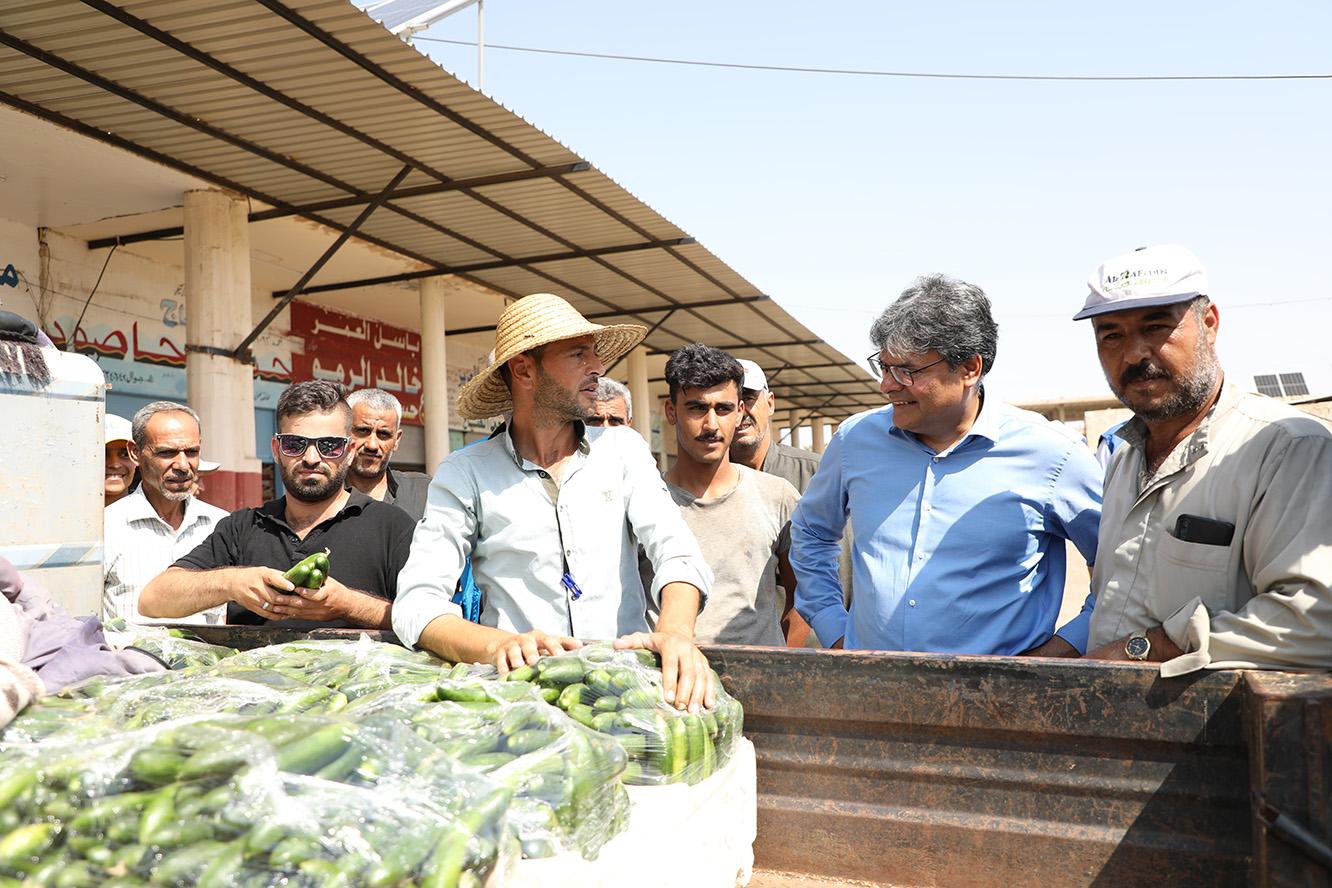About the Global Task Force on Refugee Labour Mobility
In response to the global refugee crisis, United Nations (UN) member states adopted the Global Compact on Refugees in 2018. One of the compact’s key objectives is to expand refugee access to third-country solutions.
To help spur innovation and growth, the United Nations Refugee Agency (UNHCR) and a coalition of partners launched a three-year strategy on resettlement and complementary pathways. The strategy recommended creating task forces for each complementary pathway, including one for refugee labour mobility.
Complementary labour mobility pathways create other ways for refugees to find durable solutions in third countries, outside of traditional resettlement programs. They:
- help displaced persons move safely to third countries through regular labour or economic migration program
- recognize refugees’ skills, abilities and talents, as well as their need for protection
- show how refugees contribute to their new countries, communities and workplace
- give employers access to a new talent pool to fill job openings
The Government of Australia assumed chair of the Global Task Force in May 2024 for a two-year term.

Mission and guiding principles
Our mission is to increase access to protection through complementary labour mobility pathways. The Task Force provides a platform for collaboration by states, international organisations, civil society partners, the private sector, and refugee representatives to share expertise and advance the objectives of the Task Force.
As a multi-stakeholder initiative, the Task Force is guided by seven principles
Labour mobility pathways should safeguard human rights and be designed to improve protection. They must also guard against refoulement and not increase the risk of statelessness.
Labour mobility pathways should lead to timely permanent protection.
Stakeholders should work collaboratively to assist refugees and displaced persons and share responsibility for developing labour mobility pathways. Refugees, displaced persons, and their communities should also be included as active participants, analysts and evaluators of labour mobility pathways.
Labour mobility pathways are intended as an addition to, not replacement of, traditional refugee resettlement.
Refugees and displaced persons will not be discriminated against on the basis of protected characteristics like race, gender, sexual orientation, ethnicity, political opinion.
Individuals accessing labour mobility pathways should have the right to relocate with their families or be provided with legal avenues to bring their family members at a later date.
Program design and partnerships should respect the principles of ethical recruitment and international labour law, and result in legal, non- exploitative work under the workplace and employment standards available to other international migrants and nationals of the new host state.
Global Task Force Members
The Global Task Force is small by design, but recognises the need to engage with a broad ecosystem of actors working to support the growth and implementation of labour complementary pathways for refugees.
Core group
- Government of Australia
- Government of Canada
- UNHCR
- International Organization for Migration (IOM)
- Talent Beyond Boundaries
- Fragomen
- RefugePoint
- International Chamber of Commerce
- Jumpstart Refugee Talent
- International Organisation of Employers
- Directorate-General for Migration and Home Affairs, European Commission
- Refugee Advisory Committee


Refugee Labour Mobility Network
In March 2023, the Task Force announced the formation of the Global Network on Refugee Labour Mobility, providing an entry point for new stakeholders to learn more about refugee labour mobility and a platform for exchange between stakeholders as they seek to improve their approaches.
The purpose of the Network is to:
- promote a sense of community and common purpose across stakeholders engaged in refugee labour mobility,
- create a medium through which refugee representatives with lived experience in labour mobility will be able to offer advice to other stakeholders, and
- provide a platform to share information about shared challenges and come together around solutions.
If you would like to learn more about or join the Network, please contact [email protected].
Refugee Advisory Committee
The Refugee Advisory Committee (RAC) consists of up to five advisors who provide the Task Force with technical guidance and knowledge based on their lived experience and expertise as refugees who have benefitted from labour mobility pathways.
RAC members also serve as ambassadors for the Task Force, championing and promoting the development of new labour mobility pathways for refugees with State governments and businesses.
